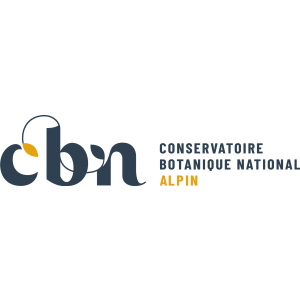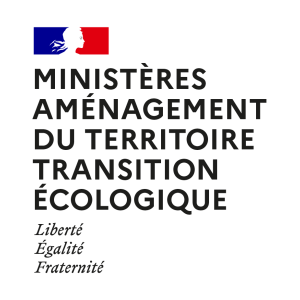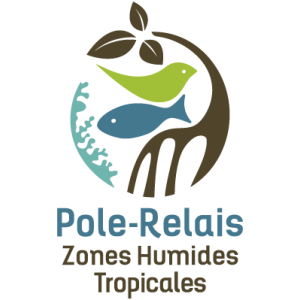
Document généré le 05/11/2025 depuis l'adresse: https://www.documentation.eauetbiodiversite.fr/fr/notice/genetic-variation-of
Permalien: https://www.documentation.eauetbiodiversite.fr/fr/notice/genetic-variation-of
Titre alternatif
Producteur
Contributeur(s)
EDP Sciences
Identifiant documentaire
10-dkey/10.1051/alr/2020027
Identifiant OAI
oai:edpsciences.org:dkey/10.1051/alr/2020027
Auteur(s):
M. M. Mahbub Alam,Snæbjörn Pálsson
Mots clés
Bay of Bengal
population genetics
historical demography
effective population size
management
aquaculture
Date de publication
08/02/2021
Date de création
Date de modification
Date d'acceptation du document
Date de dépôt légal
Langue
en
Thème
Type de ressource
Source
https://doi.org/10.1051/alr/2020027
Droits de réutilisation
Région
Département
Commune
Description
The genus Parapenaeopsis is an important group of marine shrimps for wild capture in the Indo-West Pacific region. Phylogenetics of penaeid shrimps is still a debatable issue. This study focuses on the phylogenetic relationships among seven species within the genus Parapenaeupsis, the population genetic variation of Parapenaeupsis sculptilis along Bangladesh coastline of the Bay of Bengal and the phylogeography of P. sculptilis in the Indian Ocean region by analysing cytochrome oxidase subunit 1 barcode (CO1) sequence. No population structure was detected in P. sculptilis collected from two sampling sites along the Bangladesh coastline (AMOVA and Φ
ST = ‑0.014, p > 0.05; F
ST = 0.061, p = 0.04), which expanded first around 73 (CI: 36‑119) kyr ago. The genealogical relationships in Bangladesh P. sculptilis population are shallow with haplotype diversity (h) of 0.58 and nucleotide diversity (π) of 0.0014. The different P. sculptilis samples from Bangladesh, India and Mozambique of the Indian Ocean revealed connectivity between western Indian Ocean and the Bay of Bengal. The phylogeny within the genus Parapenaeupsis showed a polyphyletic relationships for P. hardickwii and its taxonomy needs to be reevaluated. The study will help for genetic upgradation in aquaculture and monitoring of the population genetic diversity of P. sculptilis.
Accès aux documents
0
Consultations
0
Téléchargements






























